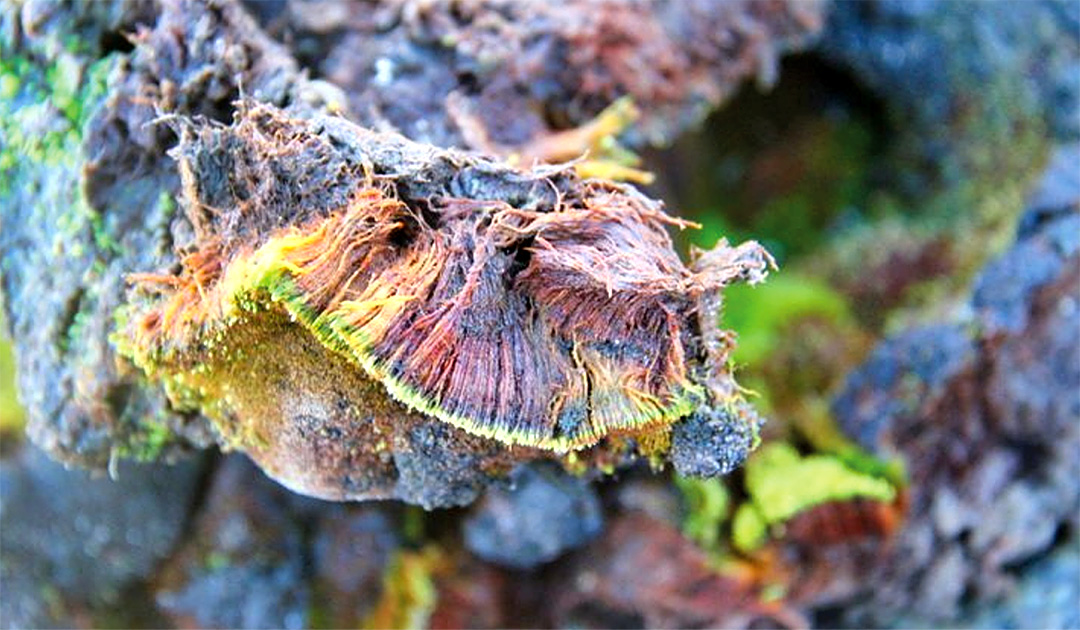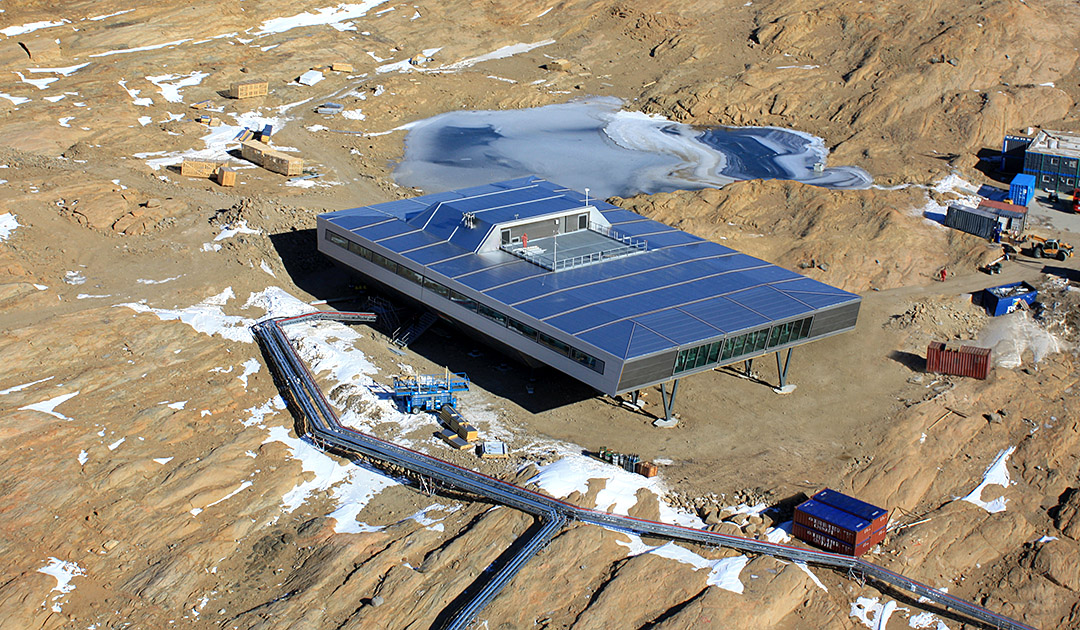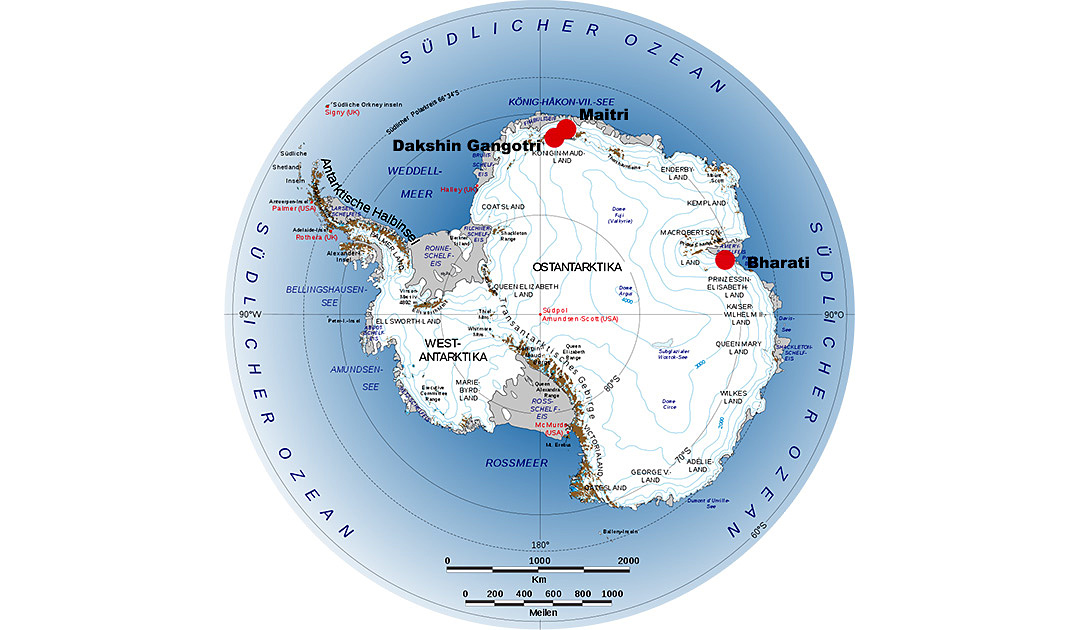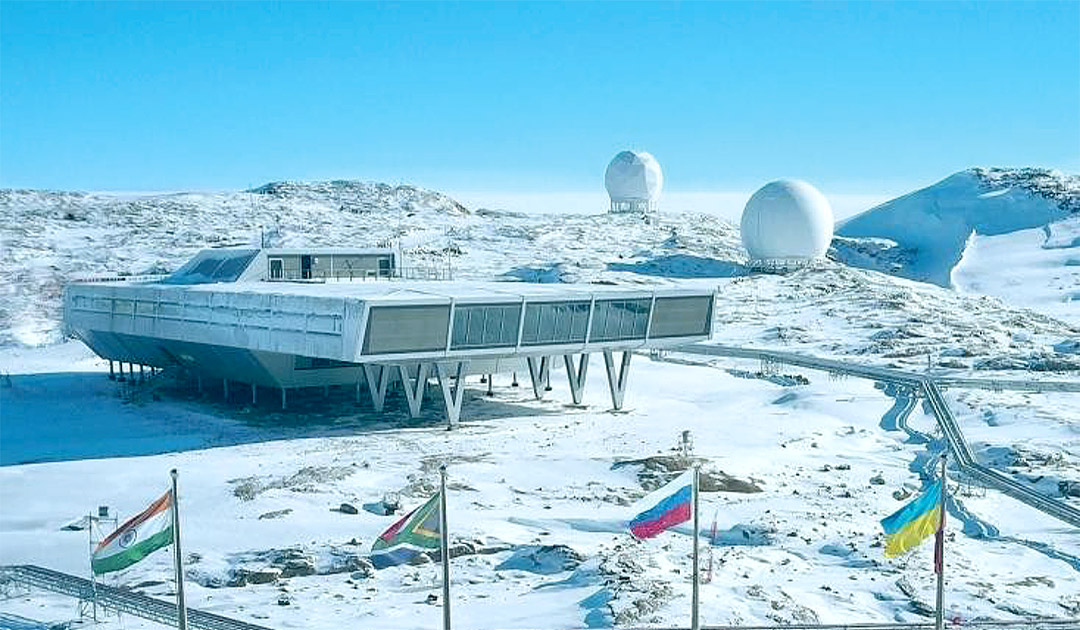
A team of Indian scientists has discovered a new species of moss at Bharati Station in East Antarctica. Studies confirm that it is a new species. The team wrote a paper describing the discovery. The article with the results of the study of the samples was recently accepted in the Journal of Asia-Pacific Biodiversity.

Scientist and head of the Department of Botany at the Central University of Punjab Felix Bast discovered the new plant species during the 36th Indian Antarctic Expedition in 2016-2017. Sampling was carried out in January, during the summer season in Antarctica. The 1.5 to 3 cm moss was found in patches in several places near the Bharati station, writes The Indian Express newspaper.
Bast returned the samples to his university laboratory. Felix Bast and PhD student Wahid Ul Rahman were part of the team that examined the moss in the laboratory to determine its classification. The scientific name for the moss has been named as “Bryum bharatiensis“.
How plants and mosses can survive in Antarctica remains a mystery. As the coldest continent on Earth, Antarctica has extreme weather conditions, low humidity and sunlight, and poor soil quality. The survival of plants in such barren conditions is therefore proof to their high adaptability, Anjali Marar further states in the article. Speaking to the media, Felix Bast explained that the mosses grow near penguin colonies because they find much-needed nutrients such as nitrogen there.

India’s presence in Antarctica

Dakshin Gangotri was India’s first scientific base station in Antarctica. The station was part of India’s Antarctic program. It is located at a distance of 2,500 kilometers from the South Pole. Dakshin Gangotri is currently used as a supply base and transit camp. The base is named after the glacier of the same name.
The station was established during the third Indian Antarctic Expedition in 1983-84. This was the first time that an Indian team spent a winter in Antarctica to carry out scientific work. The station was built in eight weeks by a team of 81 people. The construction was completed at the end of January 1984 with the help of the Indian Army and celebrated on 26 January, Indian Republic Day, along with the Soviets and East Germans at the station.
After Dakshin Gangotri sank into the ice, it was abandoned in 1988-1989. The station was finally decommissioned on 25 February 1990 and subsequently converted into a supply base.

The Mairti Research Center is India’s second permanent research station in Antarctica under the Indian Antarctic Program. Work on the station was first started by the Indian expedition, which landed there with a team at the end of December 1984. The first huts were built by the IV. Antarctic expedition and completed in 1989, shortly before the first station Dakshin Gangotri was buried in the ice and abandoned in 1990/91. Maitri is located in the rocky and mountainous region of Schirmacher Oasis. The Maitri Research Center is only 5 km away from the Russian station Novolasarevskaya.
The station has modern facilities to conduct research in various disciplines. It can accommodate 25 people in winter. Water is treated by a freshwater lake in front of the Maitri station. The Blue Ice runway is 10 kilometres away. The airstrip is operated by “Antarctic Logistics Center International” (ALCI) and serves Maitri Station and Novolasarevskaya.

Bharati is a permanently manned Antarctic research station. It is India’s third Antarctic research facility and one of two active Indian research stations along with Maitri. The station has been in operation since March 18, 2012. It is occupied all year round. In winter there are 47 researchers and technicians and in summer the number is increased to 72. Since its completion, India is one of nine nations with multiple stations within the Southern Arctic Circle. Bharati’s research mission focuses on oceanographic studies and the phenomenon of continental breakup. It also facilitates research to refine the current understanding of the geological history of the Indian subcontinent.
Heiner Kubny, PolarJournal
More on the subject:





